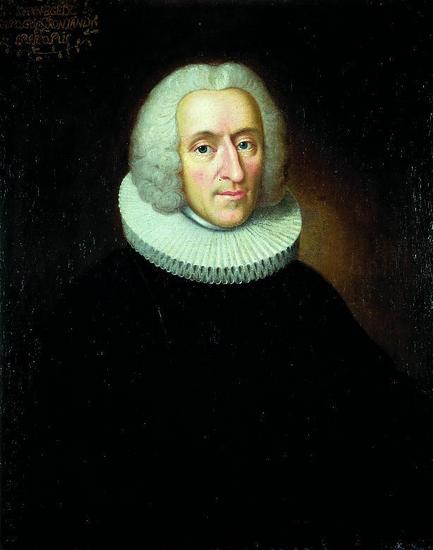Hans Egede
Statue of Hans Egede by August Saabye, outside Frederik’s Church (the Marmorkirken) in Copenhagen
Hans Poulsen Egede (31 January 1686 – 5 November 1758) was a Dano-Norwegian Lutheran missionary who launched mission efforts to Greenland, which led him to be styled the Apostle of Greenland. He established a successful mission among the Inuit and is credited with revitalizing Dano-Norwegian interest in the island after contact had been broken for hundreds of years. He founded Greenland’s capital Godthåb, now known as Nuuk. Background Hans Egede was born into the home of a civil servant in Harstad, Norway, nearly 150 miles north of the Arctic Circle. His paternal grandfather had been a vicar in Vester Egede on southern Zealand, Denm… Continue Reading (6 minute read)